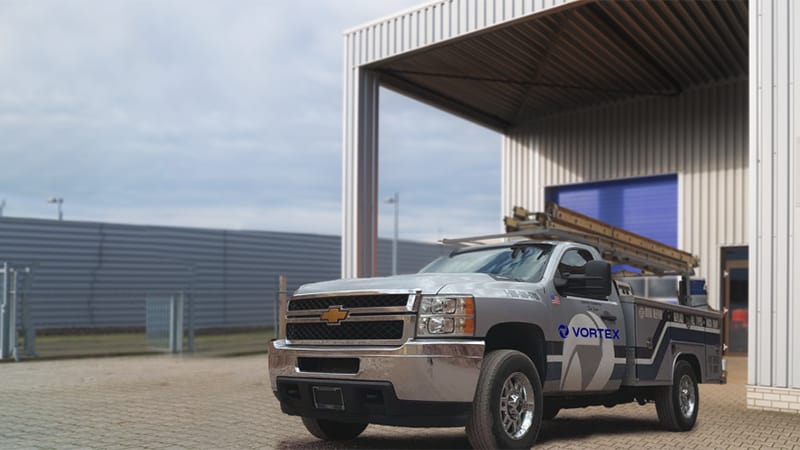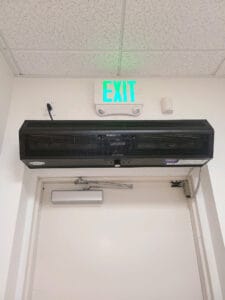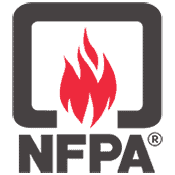What is an Egress Door?
 An egress door is a crucial component of modern buildings. It provides a safe and accessible exit route in case of an emergency. Every building needs at least two, so if one is blocked, people still have a clear path outside. Authorities require egress doors to conform to specific standards in order to guarantee people can evacuate quickly and easily.
An egress door is a crucial component of modern buildings. It provides a safe and accessible exit route in case of an emergency. Every building needs at least two, so if one is blocked, people still have a clear path outside. Authorities require egress doors to conform to specific standards in order to guarantee people can evacuate quickly and easily.
- Width and Height. To accommodate the occupants of your building, all egress doors must be 32-48 inches wide, as measured from the face of the door and the stop on the frame. Height requirements vary between states and organizations. The International Building Code requires them to be at least 76 inches high while the State of California requires them to be 80 inches high.
- Swing. To prevent people from becoming trapped, egress doors have to open with the force of the crowd, which means they must swing outward at 90°.
- Force. The door latch should require more than 15 pounds of force to operate. Additionally, the door itself must be light enough that it takes no more than 30 pounds of force to open.
- Locks. Occupants must be able to open egress doors without any special keys, equipment, or special knowledge.
- Hardware. All egress doors must be equipped with panic hardware, such as a crossbar, that covers at least half the length of the door and is positioned 34 inches above the floor.
- Threshold. The door’s threshold should rise 13 millimeters above the floor and be beveled, to minimize the risk of tripping.
- Signage. Building owners must ensure egress doors are clearly marked with illuminated signs, so they can be quickly located during a crisis.
Egress Doors vs. Fire Doors
There is a common misconception that egress doors are the same as fire doors. Fire doors are not designed to help people escape, but to slow the spread of flames and smoke. Some egress doors meet the criteria for fire doors (e.g. stairwell doors often function as egress doors and fire doors), but not all of them. Additionally, while egress doors are installed at major entryways, fire doors are often installed in store rooms and private offices, to protect equipment, inventory, and valuable assets.
Servicing Egress Doors
Some egress doors are used every day, while others sit idle until an emergency occurs. Regardless, for the safety of staff and visitors, they should be inspected at least once a year, to ensure they’re still in good working order. There are a number of issues that can hinder their effectiveness, including:
- Corrosion
- Dents or cracks
- Stiff or sticky panic bars
- Warped or crooked frames
- Worn or misaligned hinges
- Damaged weatherstripping
Without proper maintenance and repair, these problems can prevent doors from opening smoothly or closing firmly, which not only violates safety standards, but may also compromise your building’s security. For more information or to schedule an inspection, contact your local Vortex service team today!










